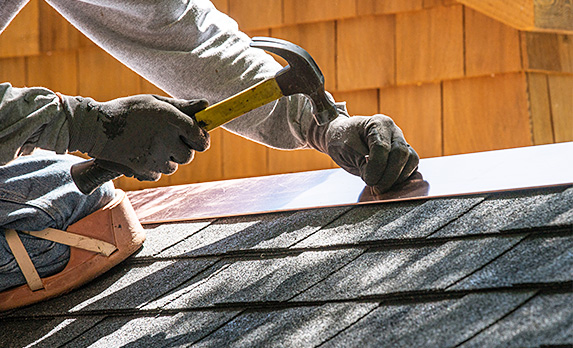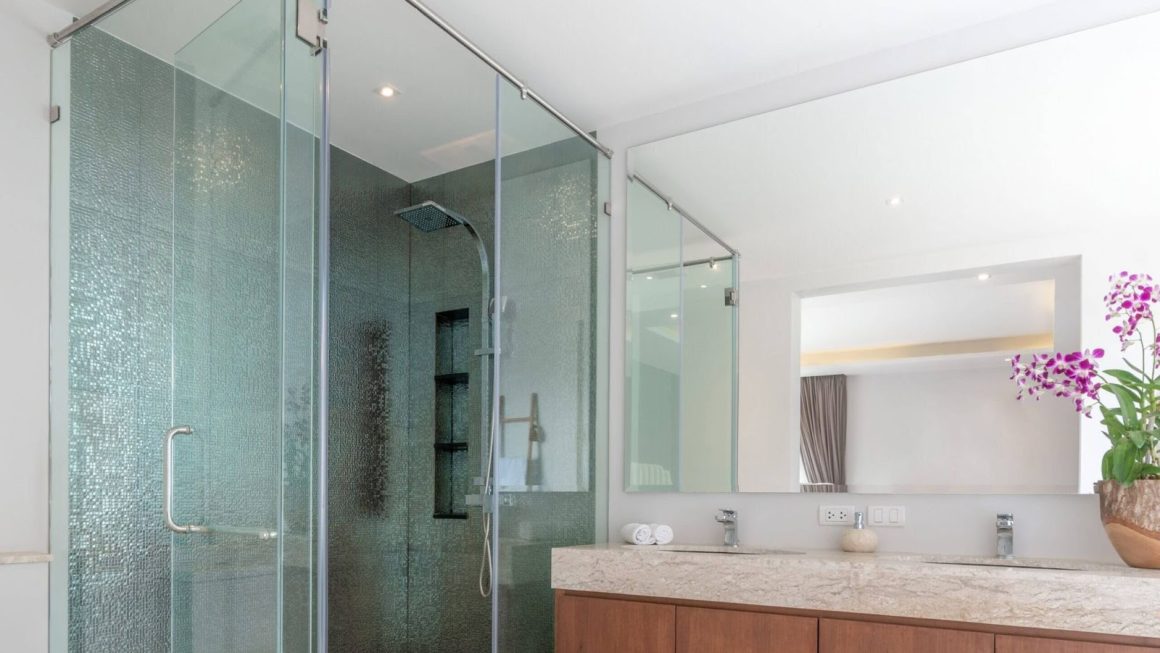A leaking roof is a problem, and you presumably agree with that. And fortunately, flashing prevents this from occurring. Metal flashing is a technique and an item used to avoid water seepage through a roof’s penetrations and joints. Although aluminium is the most versatile and long-lasting option, one can use other materials.
When protecting against water, the enemy of interiors, metal flashing is your final and best protection. And here are three roofing flashing basics you should know:
- Safeguards Your Roof’s Most Important Features
Always remember that flashing on your roof keeps water away from certain points. If not sealed properly, leaks are more likely to occur in these spots.
A roof’s longevity is greatly improved by flashing around protrusions (such as walls, chimneys, and open roof valleys) where shingles meet. After appropriate installation, these trouble spots will no longer leak for as long as the material lasts. And to ensure your roof lasts as long as possible, one should use proper roofing procedures to install all of your roof’s components, not just the flashing.
- Will Not Be Changed If You Get a New Roof
Given how crucial it is, should you get a new flashing when you get a new roof? That question has a condition-specific solution that varies from case to case. When a roofing contractor comes out to give you an estimate, they will check the flashing to ensure it is in good shape. As such, the contractor will inspect it for corrosion and the strength of the metal to ensure it is still in good condition.
It won’t need to be changed if your roofer doesn’t find any rust and the metal is still in good shape. But if it’s broken or corroded, or you want to go from 3-tab to dimensional asphalt shingles, it’s time for a replacement.
So, whether or not the existing metal flashing on your roof has to be replaced during the roof replacement process will depend on the results of the roof inspection performed by your contractor.
- You Should Inspect It Every Year
Keep in mind that flashing doesn’t need to be replaced every time you get a new roof. No matter what material it’s constructed of, the flashing on your roof should outlast the roof it was built on.
Considering their longevity, they should be examined as part of routine roofing maintenance at least once each year. Your roofing company may then check if it is effective and that the metal is still in good shape. Because of this, you may prevent costly roof repairs and identify flashing issues before they even occur. So, during the course of a routine yearly maintenance check, a roofing company will do a number of things, including a thorough examination of the flashing.
Flashing and roof failure are caused mainly by environmental factors. Corrosion can occur through exposure to salt air and acid rain, and the flashing’s physical form can be altered by extreme heat, heavy snow, and scouring winds. As such, stainless steel’s high resistance to salt corrosion makes it a top choice for construction near the ocean. Meanwhile, water can get inside a structure if the building envelope is ever compromised. In most cases, the main issue with a building is water and mould damage. But, if you choose and install the correct flashing, your roof will survive for decades.



